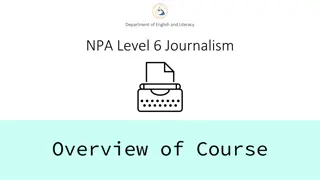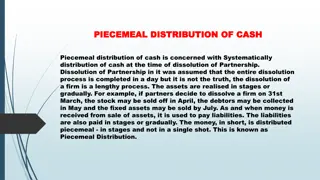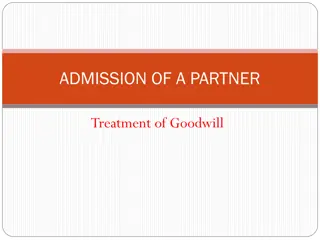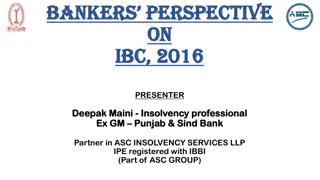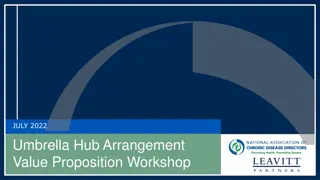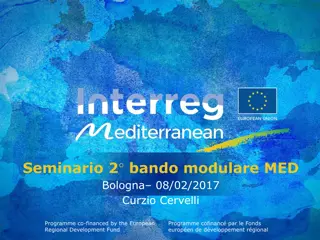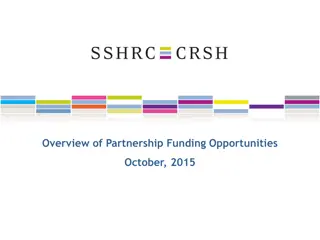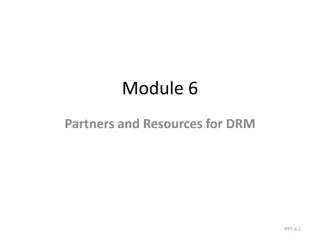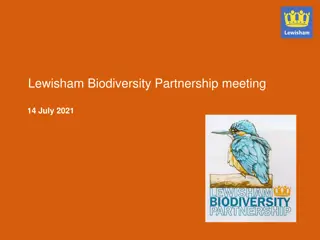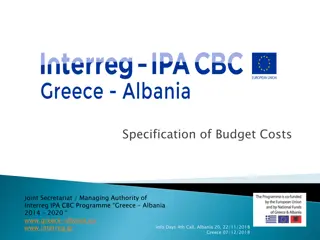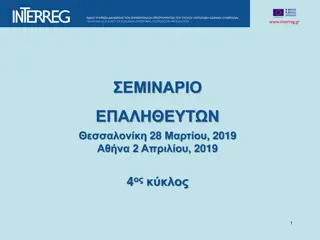Eligible Partners and Partnership Types in www.interreg-npa.eu
Define and understand the eligibility criteria for partners in www.interreg-npa.eu projects. Learn about different partner types, including Lead Partners, Project Partners, and Sub-Partners. Explore the structure of partnerships and the roles and responsibilities of each partner type.
Download Presentation

Please find below an Image/Link to download the presentation.
The content on the website is provided AS IS for your information and personal use only. It may not be sold, licensed, or shared on other websites without obtaining consent from the author.If you encounter any issues during the download, it is possible that the publisher has removed the file from their server.
You are allowed to download the files provided on this website for personal or commercial use, subject to the condition that they are used lawfully. All files are the property of their respective owners.
The content on the website is provided AS IS for your information and personal use only. It may not be sold, licensed, or shared on other websites without obtaining consent from the author.
E N D
Presentation Transcript
www.interreg-npa.eu Partnership Michela Gaifami, Joint Secretariat January 18th, 2018 Copenhagen, Denmark
Eligible partners A minimum of 3 partners from 3 different programme partner countries, one of which located in a EU Member State. The Lead Partner organisation is eligible if:- Public organisation. Located in the programme area from: An EU programme partner country Norway or Iceland
Eligible partners All project partners are eligible organisations. Eligible legal status. Located in the programme area, unless in exceptional circumstances when sufficient justification is provided for the use of geographical flexibility.(RU + CAN) Partnership is clearly transnational rather than cross-border: combination of partners from the Nordic, West-Atlantic and North Atlantic countries.
Partner Types Lead Partner: partner with overall responsibility for development and implementation of the project Project partner: partner with a dedicated responsibility for part of the project development and implementation, and a budget Associated partner: project partner participating in the project without financially contributing to it. Any expenses need to be covered by the partners with a budget.
Partner Types Sub partner: project partner attached to another project partner for administrative reasons; especially if the contribution to the project is relatively small. A sub partner construction can only be set up within the same programme partner country, and funding source. Suited for SMEs that only join actively in part of the project A sub partner budget is generally small, and shouldn t be more than any main partner budget.
Lead Partner Lead Partner principle: LP is formally the final beneficiary of the ERDF funding and acts as a link between the project partners and the Programme. The Partnership Agreement defines the responsibilities and procedures between the LP and the partners. NEW: whole/part of the responsibility for ensuring implementation of the project activities can be delegated to an assigned Co-Lead Partner in the project partnership within the programme area, including Greenland and Faroe Islands.
Partnership Good Practice Apply a results and needs-driven approach Invite end users as partners whose main interest is closely associated with the project aim and field of intervention Involve expert organisations (universities, institutions, authorities) and private sector partners Partner symmetry Select a Lead Partner with the administrative capacity and experience to implement and coordinate a transnational project
SMEs Of very high strategic importance in EU policy The Programme allocates 60% (P1 & P2) of its funding to SME related activities General Block Exemption Regulation: regulation to facilitate SMEs Maximum grant rate for SMEs is 50% SMEs can also be involved indirectly
Thank you for your attention MICHELA GAIFAMI michela.gaifami@interreg-npa.eu www.interreg-npa.eu


